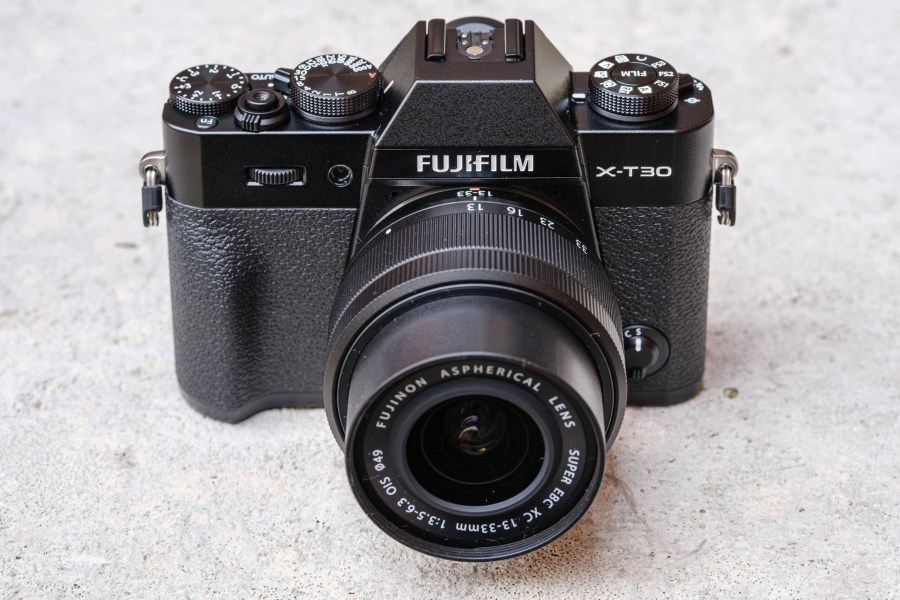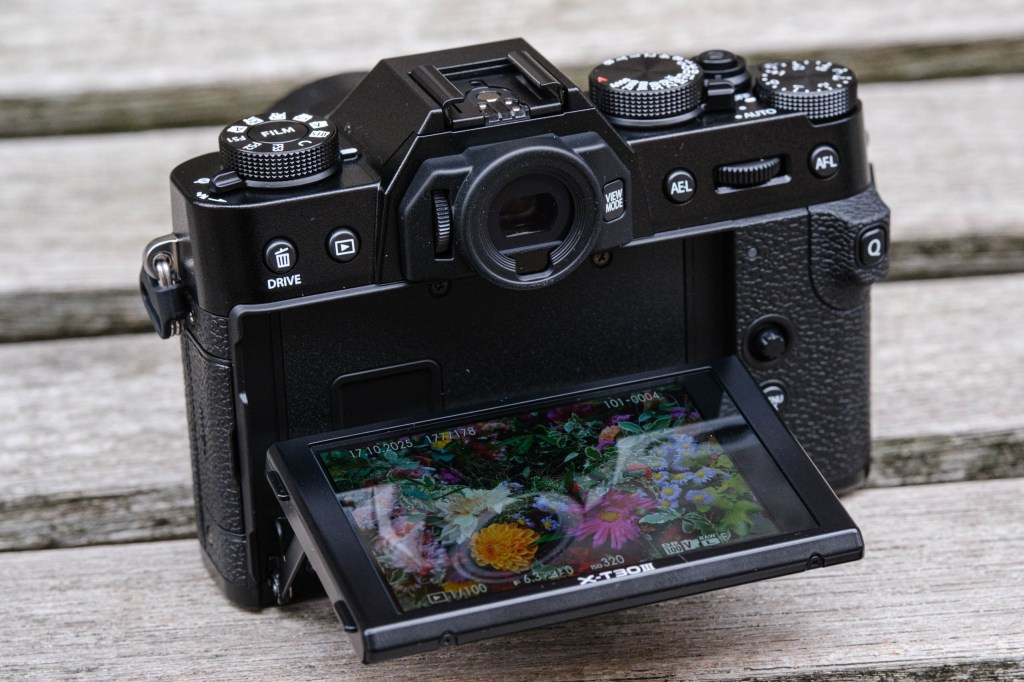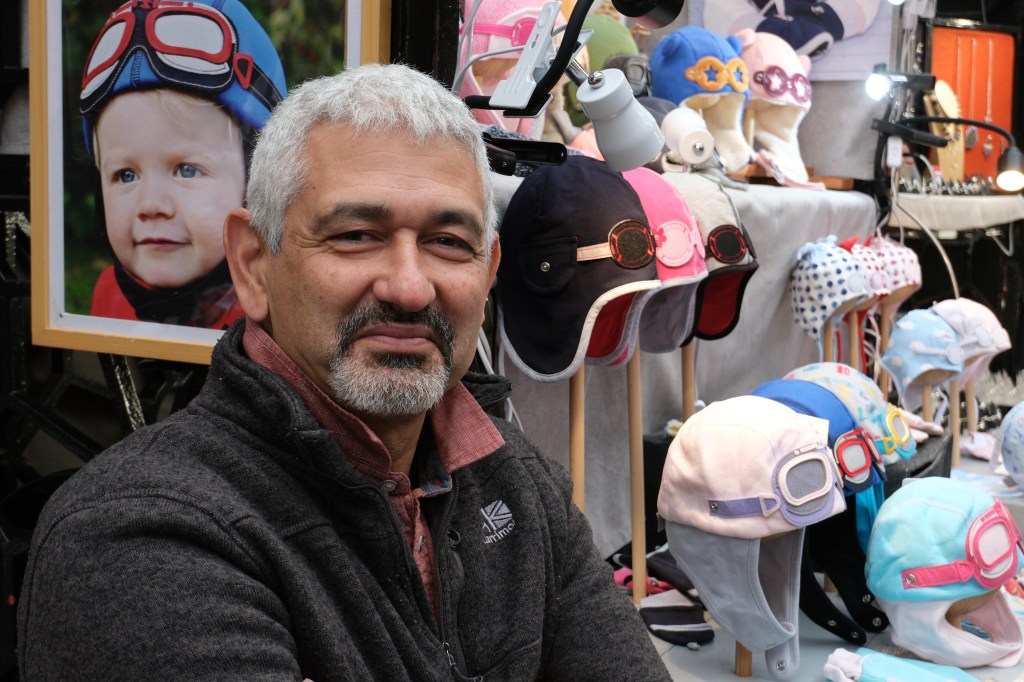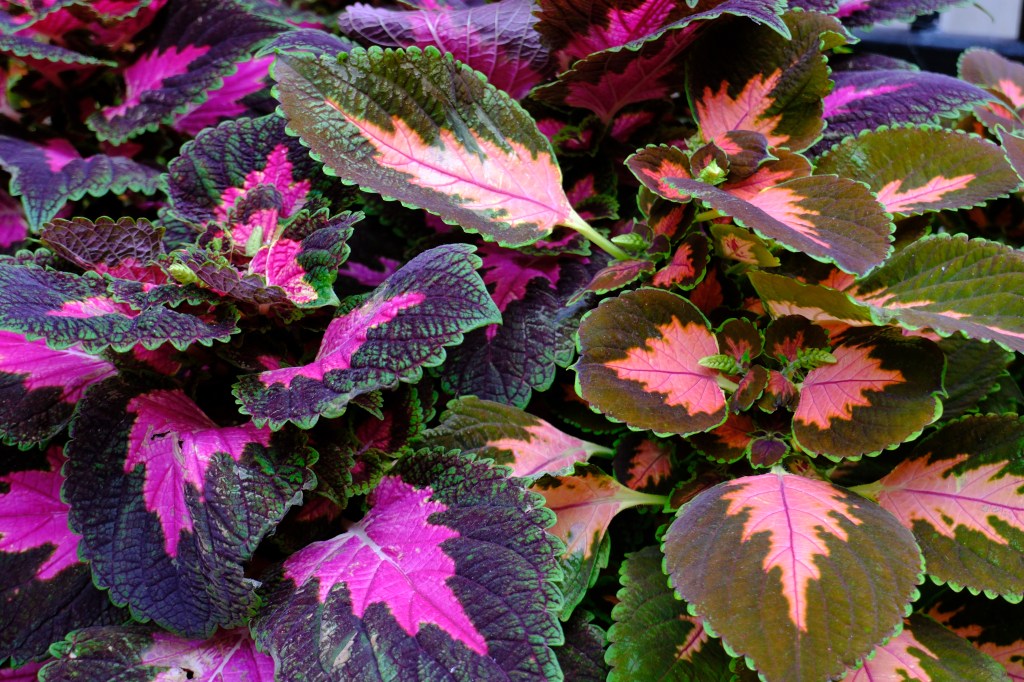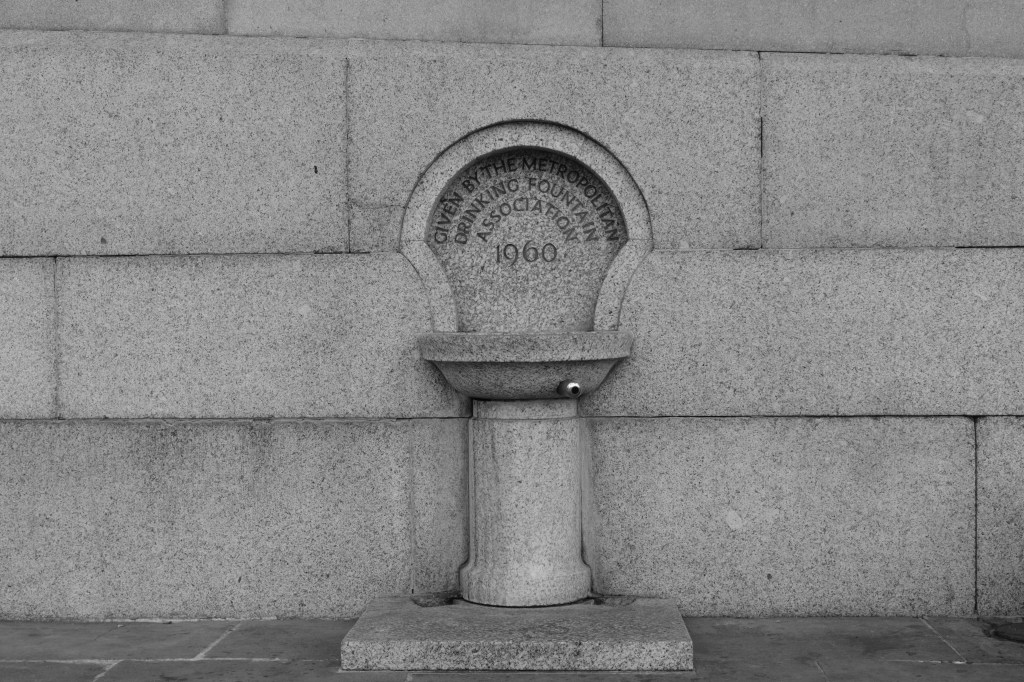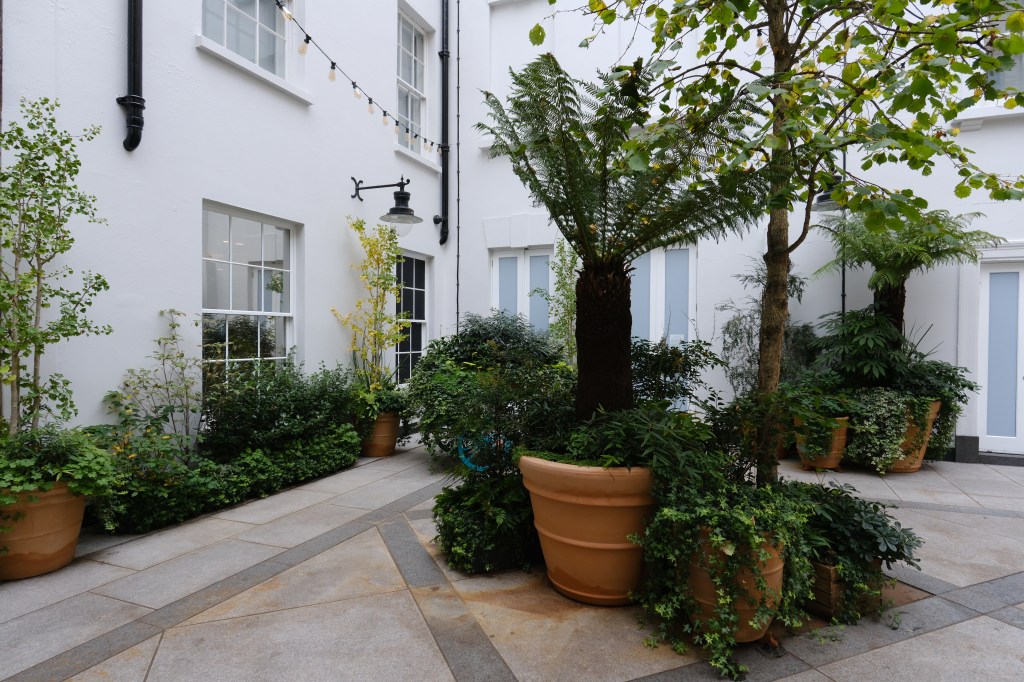The Fujifilm X-T30 III is the newest version of the firm’s smallest and most affordable SLR-style mirrorless camera. It takes all the features from last year’s entry-level X-M5, and places them into a body that’s very similar to its predecessor, the X-T30 II. But now, it has a film dial in place of a drive mode dial. For anyone familiar with the firm’s lineup, that’s probably the most predictable update possible. But I don’t think this is a bad thing at all, because it cements the X-T30’s position as arguably the most likeable sub-£1000 camera on the market, and one of Fujifilm’s best cameras, too.
Fujifilm X-T30 III at a glance:
- $999 / £829 body-only
- $1149 / £999 with new XC 13-33mm F3.5-6.3 OIS lens
- 26.1MP APS-C X-Trans CMOS sensor
- ISO 160-12,800 (standard)
- Up to 30fps shooting
- 4K 60p video recording
- 2.36m-dot, 0.63x viewfinder
- 1.62m-dot tilting LCD touchscreen
- Subject detection autofocus
The X-T30 III is due to be available from November 2025 for $999 / £829.99 body-only, or $1149 / £999 with its new Fujinon XC 13-33mm F3.5-6.3 OIS kit zoom. The older X-T30 II has already been quietly discontinued.
At this price, the X-T30 III goes squarely head-to-head with the likes of the Nikon Z50II and the Canon EOS R10. It’ll also be up against older models such as the Sony Alpha A6400, Olympus OM-D E-M10 Mark IV, and Panasonic Lumix G97, which have less sophisticated AF. In this company, I’d have to say that its big attractions are its compact size, attractive colour output, and the comprehensive lens range available to go with it.
Features
In essence, the X-T30 III follows on from its predecessors in being designed primarily for stills photography, with an attractive retro-style design that resembles an old film SLR. To this end, you get top-plate dials for shutter speed and exposure compensation, with the film dial on the other side of the central electronic viewfinder. At 118 x 83 x 47mm and 378g, the body is exactly the same size and weight as the X-T30 II, which makes it one of the smallest and lightest cameras in its class.
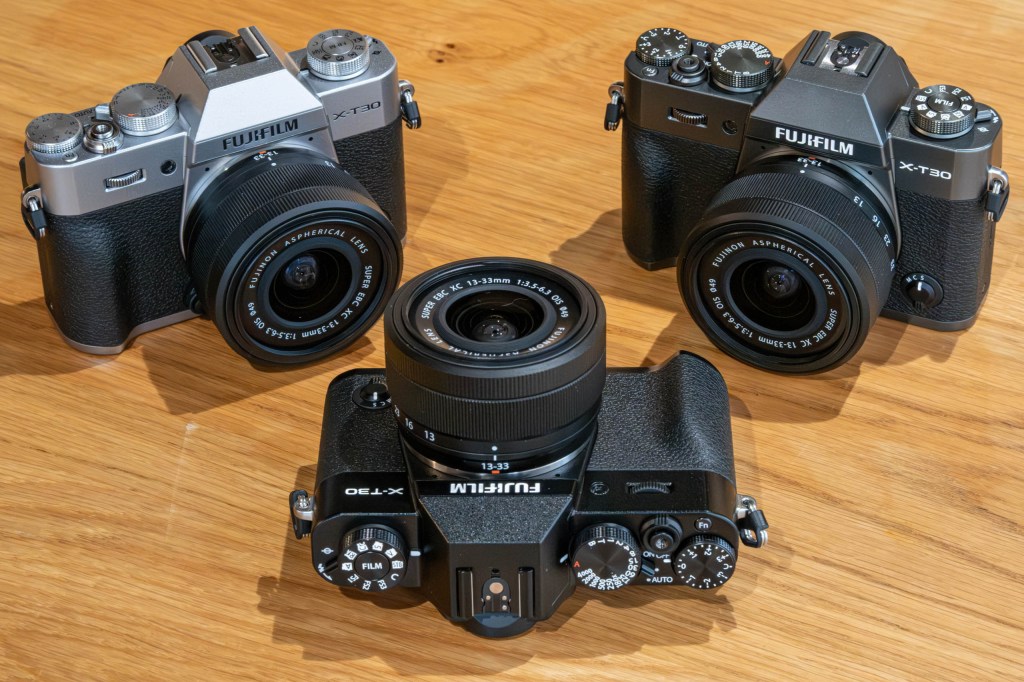
Internally, the X-T30 III uses the same 26MP sensor as its predecessor, but it’s now paired up with the latest X-Processor 5. This enables subject detection autofocus, using the same system as the firm’s other current models. This means that you can tell the camera to focus selectively on animals, birds, cars, motorbikes, aeroplanes, or trains.
Fujifilm’s AF system has a reputation for not being as reliable as its competitors, and I’ve found you can’t just engage subject detection and expect it to work properly, but have to change other settings too (including ensuring the focus switch is set to C, and selecting a large focus area). With this in mind, users who want subject detection that works easily out of the box may be better off with a Canon EOS R10 or Nikon Z50II instead.
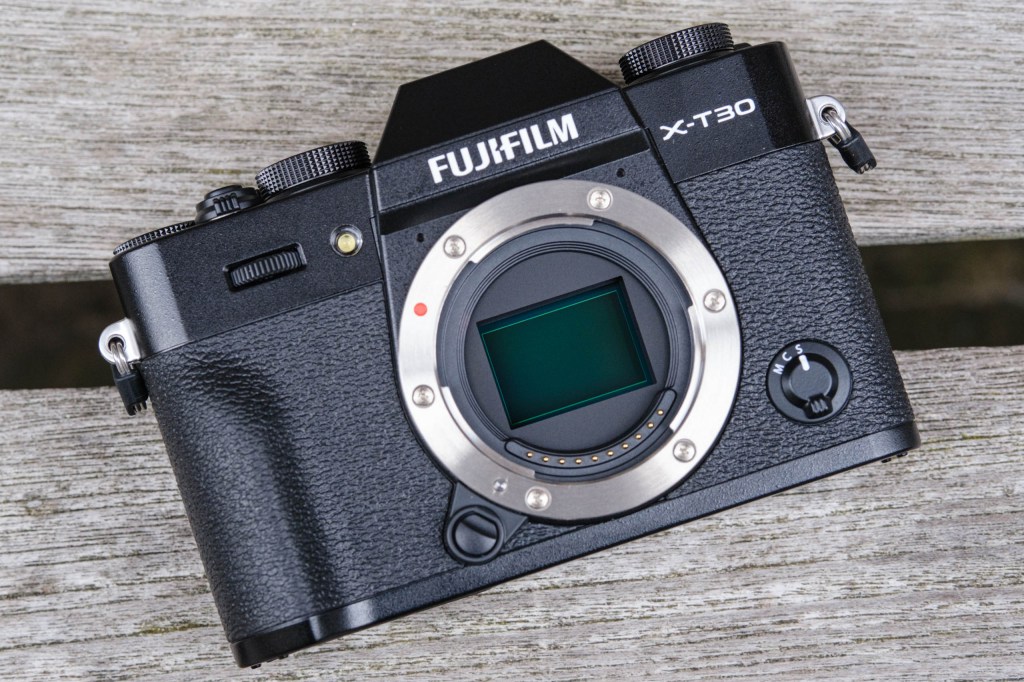
Most of the other photographic specs stay the same, though. But I really don’t think that’s a problem, as the X-T30 III is still a well-featured camera for the price. As before, the sensor offers a standard sensitivity range of ISO 160-12,800, with extended settings covering ISO 80-51,200 also available.
You get timed shutter speeds from 15 minutes to 1/4000sec, with the electronic shutter further extending the top speed to 1/32,000sec. Continuous shooting runs at up to 8 frames per second with the mechanical shutter; 20fps with the electronic shutter; and 30fps with an additional 1.25x crop (which gives 16.6MP files).
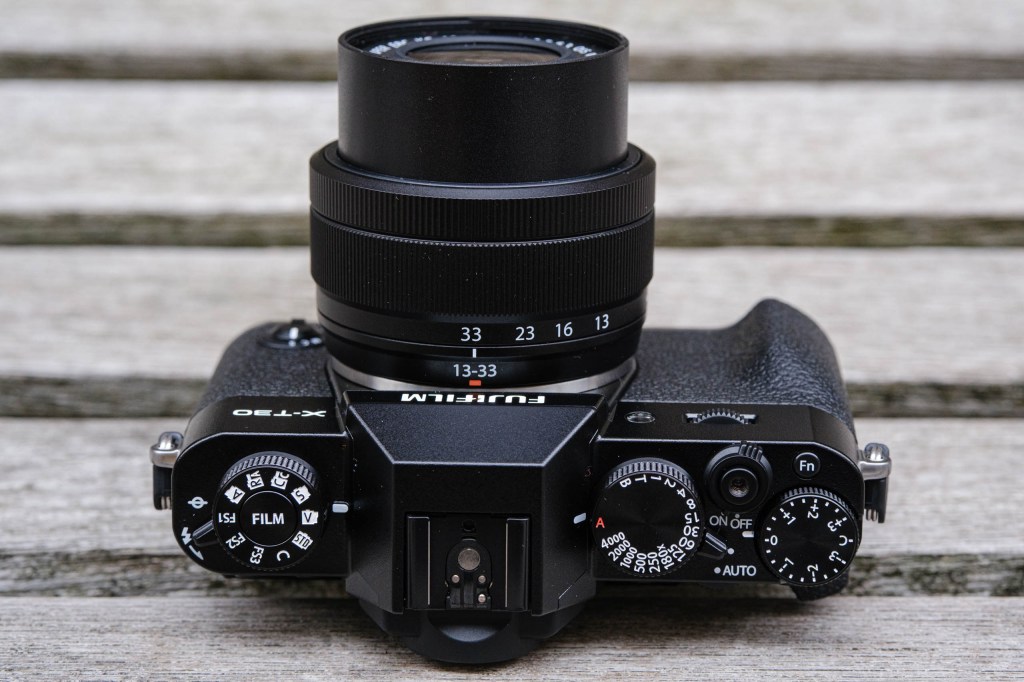
Fujifilm has included the full set of its signature Film Simulation colour modes, with the X-T30 III gaining the attractive Reala Ace and Nostalgic Neg options that weren’t on the II. It also has the same support for three custom ‘Recipes’ that debuted on the recent X-E5. This allows users to fine-tune the output to their tastes for quick recall via the FS positions on the film dial. Personally, I love Fujifilm’s colour science, and see it as reason enough on its own to buy into the X system.
To cater for beginners, there’s a switch on the top-plate that puts the camera into full Auto mode. As well as setting the exposure, this can automatically recognise the subject type for autofocus, and even choose what it considers to be the most appropriate film mode. There’s no automatic subject detection option outside of this Auto mode, though; instead you have to tell the camera what you want to shoot first. This is disappointing, given that Nikon and Canon offer auto subject-selection modes no matter what mode you’re using.
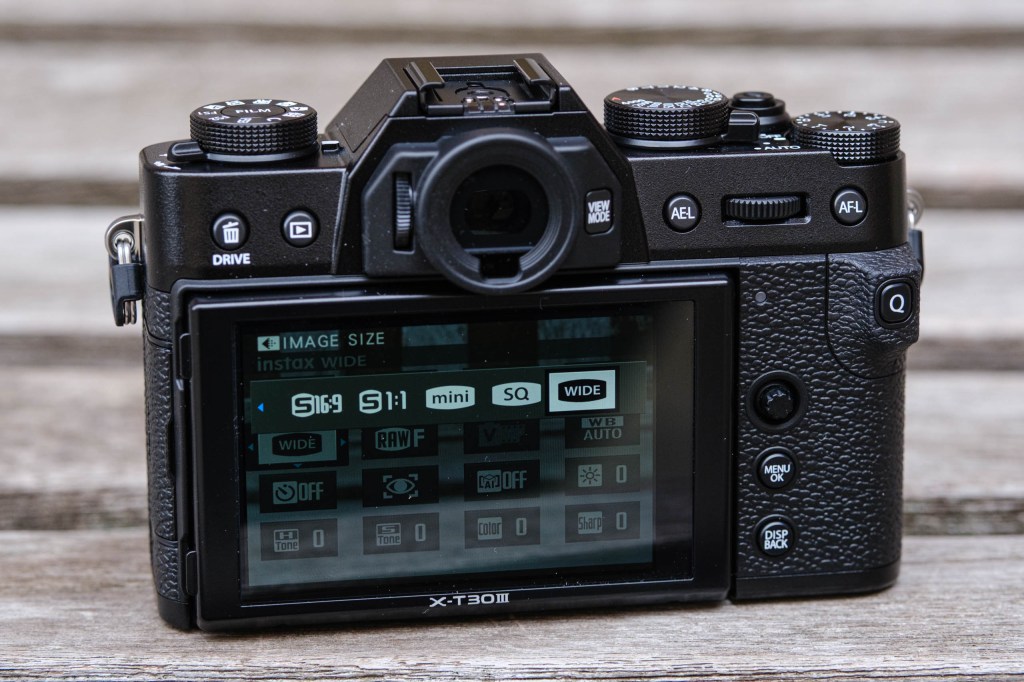
As with Fujifilm’s other recent cameras, the X-T30 III can print directly to the firm’s Instax Link instant-film printers via a Bluetooth connection. New to this camera is the ability to select specifically matched aspect ratios from the onscreen quick menu, labelled Mini, SQ, and Wide. In effect, that adds a vertical 3:4 option for mini, and a slightly wide 16:10 for wide, to the existing options (Square is, of course, just 1:1).
While the X-T30 III is primarily about stills, it has a respectable video spec too. This includes 4K recording at 60fps, and Full HD at up to 240fps for slow-motion effects. Like the X-M5, there’s the option to shoot vertical 9:16 clips in Full HD for social media, without having to rotate the camera. It even offers 6.2K open gate recording using the full sensor area, which allows footage to be cropped to a variety of different aspect ratios. You can connect an external microphone for higher-quality audio, but only via the 2.5mm remote-release socket, which will usually require a 3.5mm adapter.
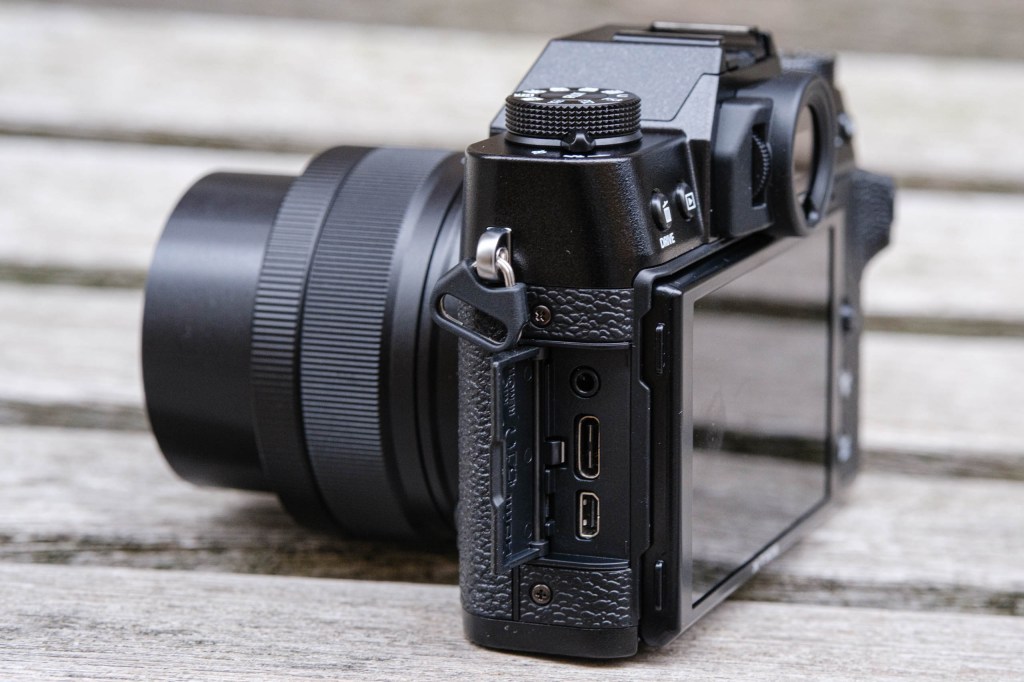
It’s worth noting that there’s no in-body image stabilisation (IBIS) on the Fujifilm X-T30 III. So photographers will have to rely on in-lens optical stabilisation, while videographers get digital stabilisation too. But that’s absolutely to be expected for an APS-C camera at this price point. Similarly-priced Micro Four Thirds cameras from Olympus and Panasonic have IBIS, but they are older designs with less sophisticated AF. In Fujifilm’s line-up, you need to take the next step up to the X-T50 to get this feature.
Fujifilm X-T30 III key features
- Film dial: This gives quick access to the most popular Film Simulations, including three positions for custom recipes
- Autofocus: Fujifilm has added subject detection for birds, animals, and various kinds of vehicle
- Built-in flash: A small pop-up flash is built into the viewfinder housing, and released by a switch alongside the film dial
- Colours: The camera will be available in three finishes: black, silver, and charcoal silver
- Connectors: Behind a door on the side, there aremicro-HDMI, USB-C, and microphone/remote release ports. With this being a stills-focused camera, the latter is 2.5mm rather than 3.5mm.
- Storage: There’s a single SD card slot in the battery compartment. It’s UHS-I, so can’t achieve faster file write speeds with UHS-II type cards.
- Power: The camera uses Fujifilm’s familiar NP-W126 battery, with a slightly improved stamina compared to its predecessor of 315 shots per charge, or 425 in Eco mode
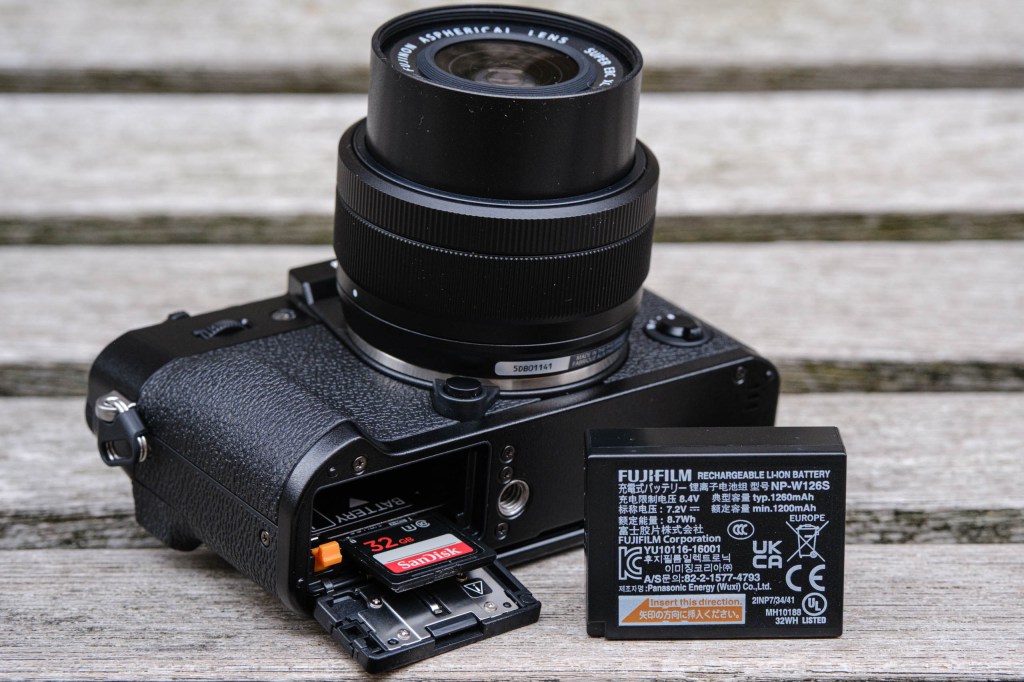
Build and handling
As I mentioned, the X-T30 III employs essentially the same body design as the X-T30 II (and indeed the X-T30 before that). This means it has a small but carefully considered array of external controls giving reasonably direct access to all the most important settings. There’s no longer a drive mode dial, but this option is still readily accessed via the Delete button on the back, so I never really missed it. Personally, I’m a big fan of having a film dial instead, as it encourages you to experiment with all those lovely colour modes.
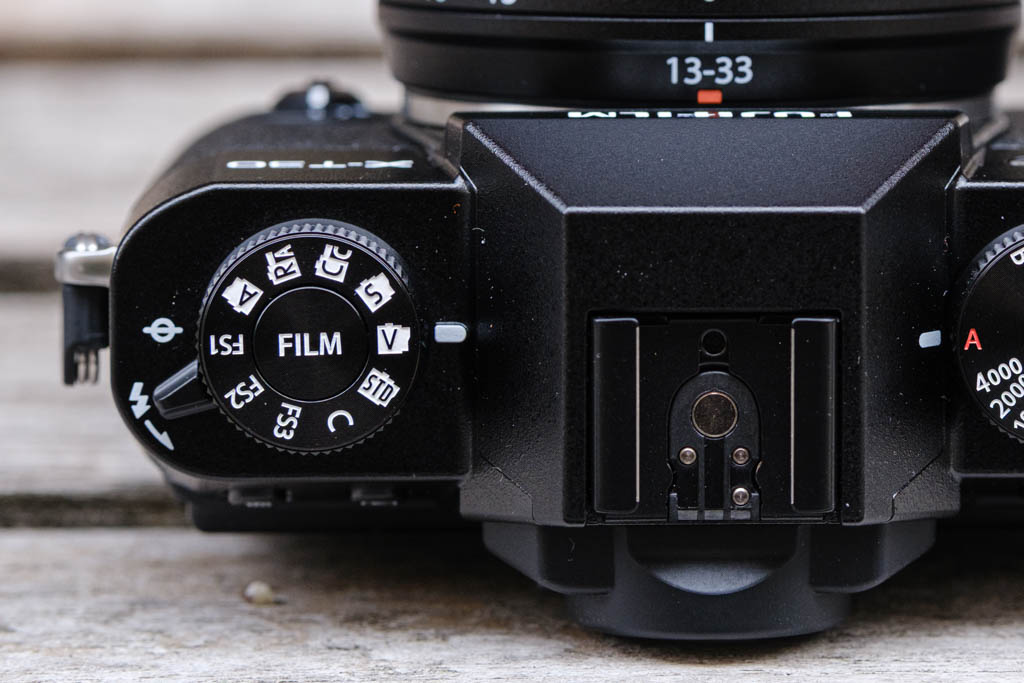
While this may be an entry-level model, it really doesn’t feel cheap, thanks to a metal top-plate and the array of control dials. I like the way it feels secure in my hand, too, thanks to the prominent finger grip and a sizeable thumb hook on the grip – that’s not something you always get with small cameras.
A small joystick placed unusually low down on the body is used to select the focus area and navigate menus. Some people might find this quite fiddly, but I’ve always found it easy enough to use.
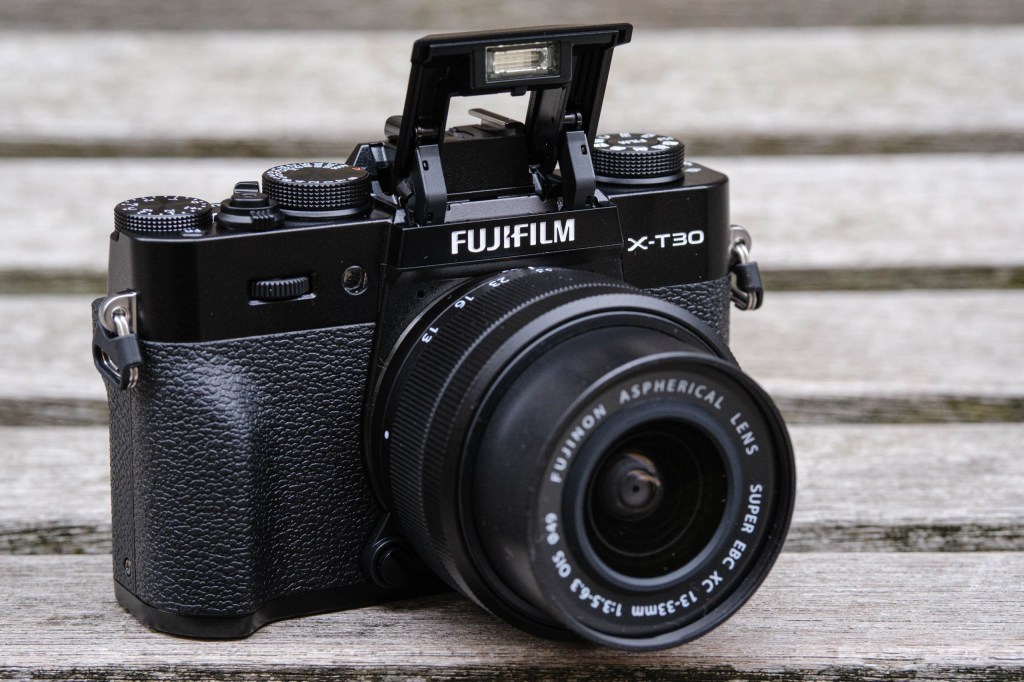
While most of Fujifilm’s lenses have aperture rings, some don’t, including the new XC 13-33mm F3.5-6.3 OIS kit zoom. This means that you end up using the front electronic dial to set both the aperture and ISO, and toggle between the two by clicking the dial inwards. It works, but it’s a bit fiddly, and more than once I found myself changing the wrong thing. Without doubt the you get the best shooting experience using lenses with aperture rings; it’s a shame Fujifilm doesn’t appear to be selling the X-T30 III in a kit with the more premium (but still small) XF 16-50mm F2.8-4.8 R LM WR zoom.
New XC 13-33mm F3.5-6.3 OIS kit zoom
To go with the X-T30 III, Fujifilm has introduced a new kit zoom, the XC 13-33mm F3.5-6.3 OIS. This offers an unusually wideangle range that’s equivalent to 20-50mm in full-frame terms, with the trade-off lying with its rather short telephoto end. Arguably, this means it delivers a range that’s more in keeping with what first-time users have become accustomed to using on their smartphones. The images below compare the wide and telephoto views.
Slightly surprisingly, this is also Fujifilm’s first lens to combine a compact retracting design with a mechanical zoom mechanism. That’s a welcome change over the firm’s older XC 15-45mm F3.5-5.6 OIS PZ, whose powerzoom control could be frustrating when trying to achieve precise composition. I never enjoyed using the 15-45mm, and in contrast, the 13-33mm is rather nicer to shoot with. I liked having the 20mm equivalent wideangle end too, but on the other hand, I often missed having a longer telephoto. So it’s a classic case of swings and roundabouts in that respect.
Viewfinder and screen
For composing your photos, the X-T30 III provides much the same 2.36m-dot resolution OLED viewfinder as previous models in the line. It’s worth noting, though, that this is distinctly small, offering just 0.62x magnification. But that’s not unique at this price point, and it’s adequate for the job. I won’t deny I’d rather have the larger, brighter viewfinder that’s on the Nikon Z50II, but you can’t have everything.
On the back, you get a 3in LCD touchscreen with 1.62m-dot resolution – a nice step up from the X-T30 II’s 1.04m-dots. It tilts up and down for waist-level or high-angle shooting, but it can’t be positioned facing forwards. So for those who are interested in selfies or vlogging, I’d say a camera with a side-hinged fully articulated screen would be preferable.
Fujifilm X-T30 III and XC 13-33mm F3.5-6.3 IS sample image gallery
Here’s a small selection of sample images, which are untouched out-of-camera JPEGs shot using the XC 13-33mm F3.5-6.3 IS kit zoom. Note that these were taken over the course of an hour or so on a dull grey day in London, which means they are anything but the final word on image quality. But they give some sort of initial flavour of what the camera and its new kit zoom can do. Click on any image to see the full-size version.
First impressions
While the Fujifilm X-T30 III may not bring anything particularly new or unexpected to the table, I think it remains one of the nicest cameras in its class, especially for those who consider themselves photographers rather than ‘creators’. I had a couple of hours shooting with it before its official launch, and that reminded me of why I’ve always liked this line since the original X-T10 – it’s small but well-featured, and really enjoyable to use. It would be a great first camera for those moving up from a smartphone.
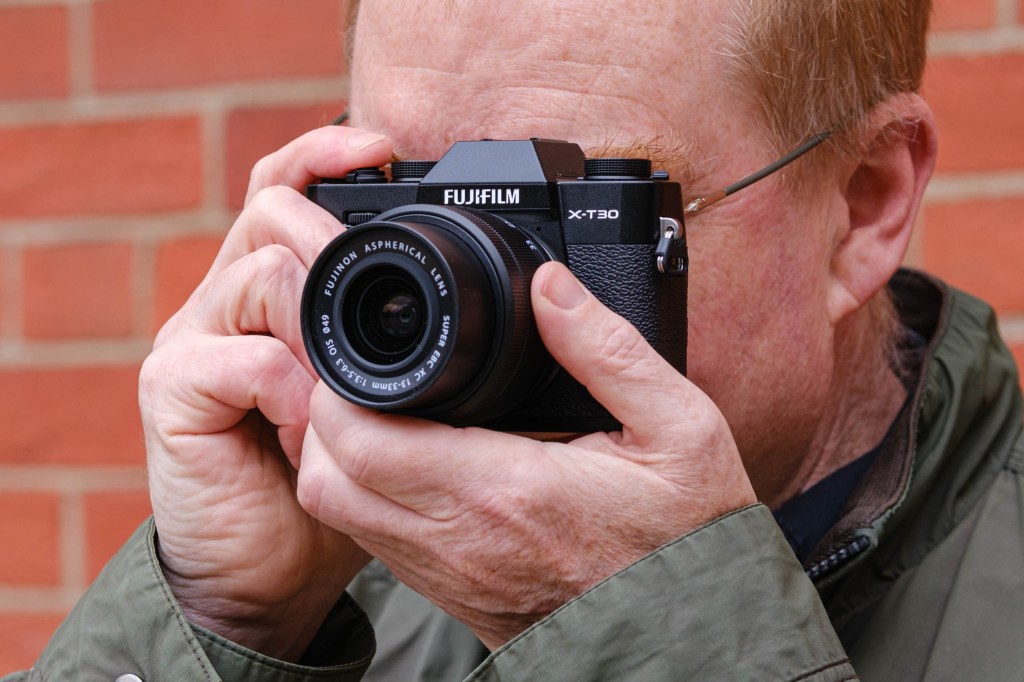
Unlike most of its competitors, there’s a huge range of matched APS-C lenses to choose from too, giving buyers plenty of scope to expand their horizons in the future. Plus, of course, you get Fujifilm’s famously attractive colour science. For photographers looking for a camera that’s portable, capable and affordable, I’d say it should be right at the top of their wish-list.
Follow AP on Facebook, Instagram, YouTube and TikTok
Fujifilm X-T30 III: Full Specifications
| Sensor | 26.1MP X-Trans CMOS 4, 23.5 x 15.6mm |
| Output size | 6240 x 4160 |
| Focal length mag | 1.5x |
| Lens mount | Fujifilm X |
| Shutter speeds | 15min – 1/4000sec (mechanical), 15min – 1/32,000sec (electronic) |
| Sensitivity | ISO 160-12,800 (standard), ISO 80-51,200 (extended) |
| Exposure modes | PASM |
| Metering | Multi, Spot, Average, Centre weighted |
| Exposure comp | +/-5 EV on 0.3EV steps |
| Continuous shooting | 8fps (mechanical), 20fps (electronic), 30fps (electronic, 1.25x crop) |
| Screen | 3in, 1.62m-dot tilting LCD touchscreen |
| Viewfinder | 2.36m-dot OLED, 0.62x magnification |
| AF points | 117 or 425 |
| Video | 6.2K open gate 30fps, 4K 60fps, Full HD 240 fps |
| External mic | 2.5mm stereo |
| Memory card | UHS-I SD |
| Power | NP-W126S Li-ion |
| Battery life | 315, 425 in Eco mode |
| Dimensions | 118.4 x 82.8 x 46.8mm |
| Weight | 378g |

